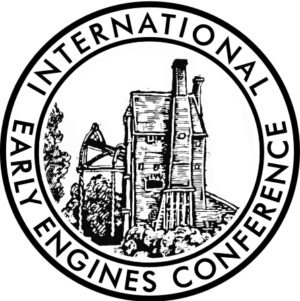The Chester Boulton and Watt steam mill of 1785: discovery and archaeology, 2002-2005
Hodrien, Chris, The Chester Boulton and Watt steam mill of 1785: discovery and archaeology, 2002-2005, Transactions of the 2nd International Early Engines Conference, Volume 2, IEEC & ISSES, 2023 [ISBN: 9781872986258/ISSN: ISSES, Stationary Power v.25 0960-0663], pp.183-200 doi:10.54267/ieec2-2-11
The world’s first successful public-access steam flour mill was at Chester in 1785, only three years after the Watt rotative engine patent and three years before the famous ‘lap’ engine on show in the Science Museum was built. It was powered by a 14hp Boulton and Watt rotative beam engine. It has been wrongfully universally overshadowed in both steam power and milling history books by the later, larger, Albion Mill in London, which actually started two months later. The Chester mill later expanded into a very large complex of 4-7 storey buildings, which eventually became disused in the 1950s. In 2002 an opportunity for recording and archaeology occurred when the remaining buildings were converted into apartments and the bottom of the original Watt 1785 engine house was uncovered.
For access see Volume 2 of the Transactions of the 2nd International Early Engines Conference
